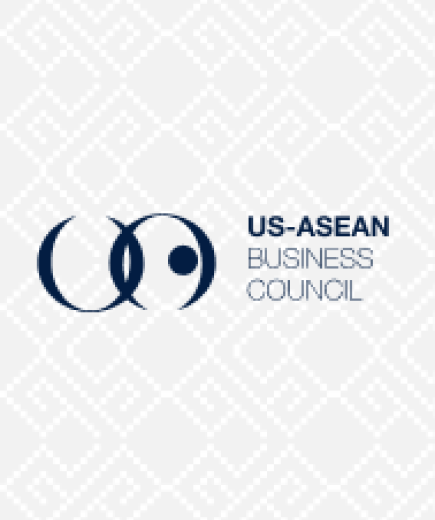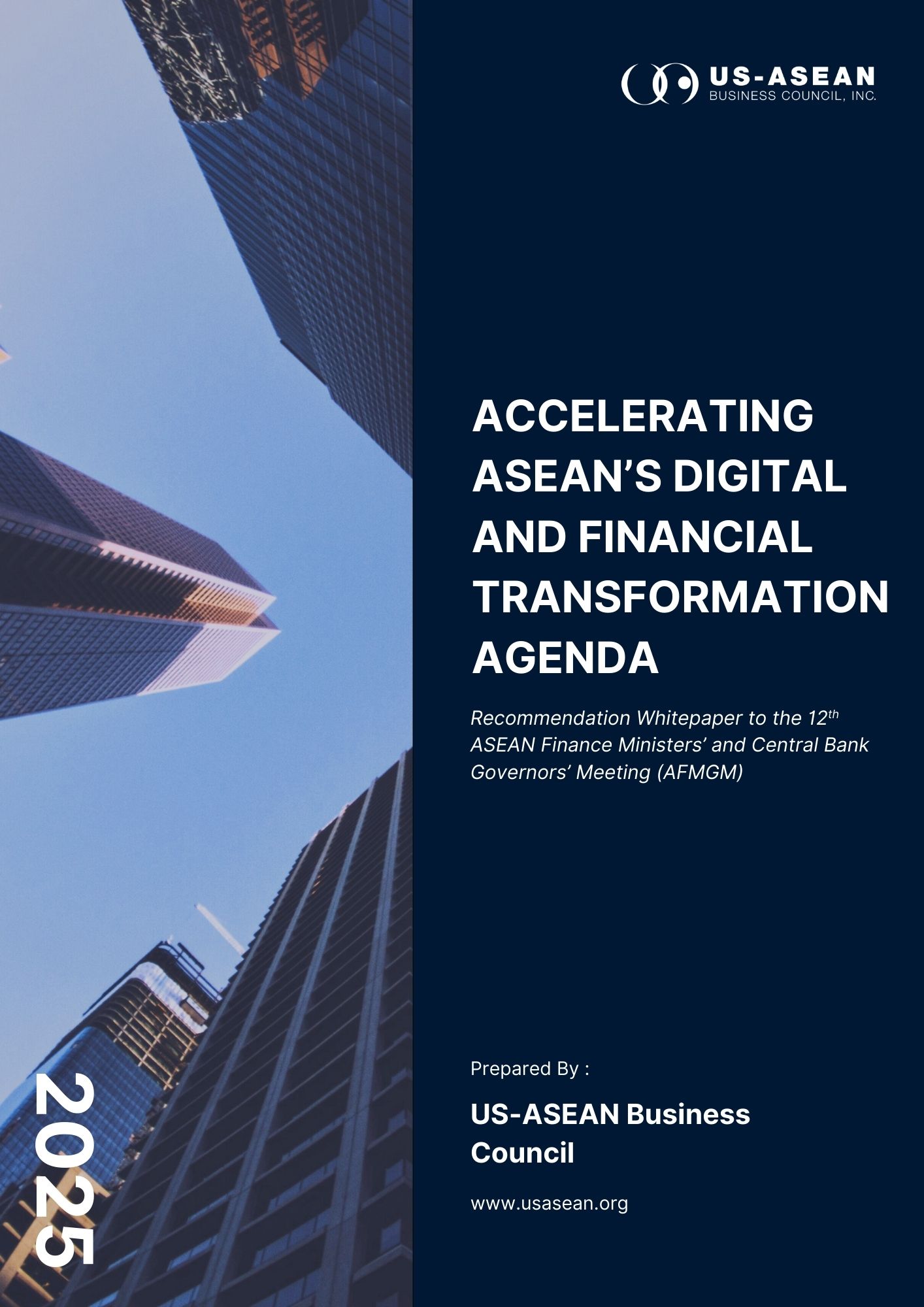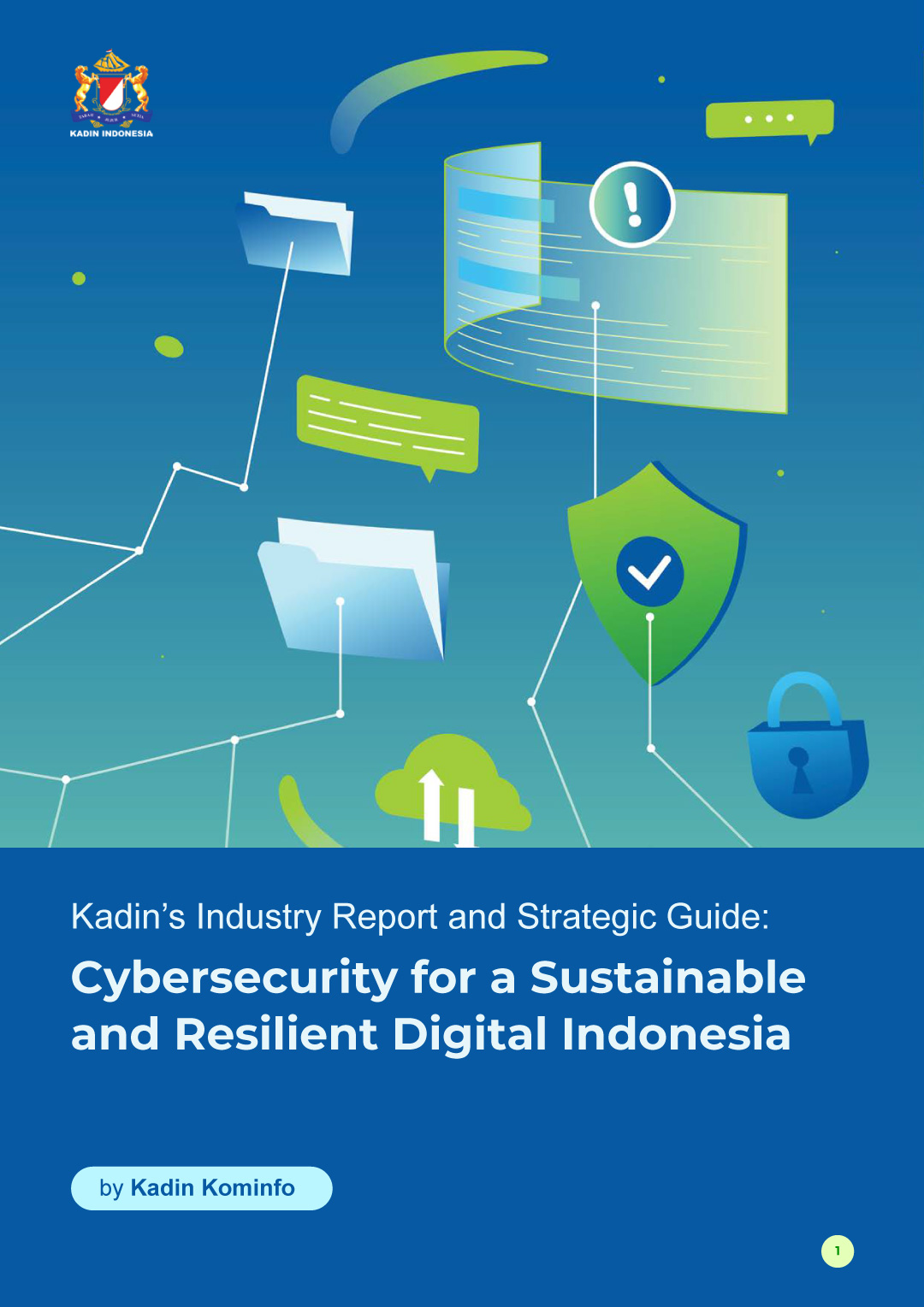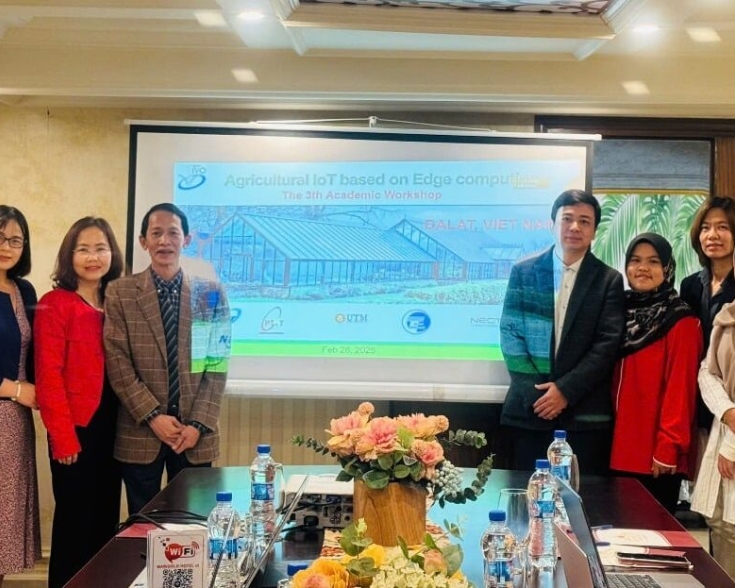Shigeru Ishiba's Asian NATO: Strategic Opportunity for U.S. Defense, or Geopolitical Gamble?

On September 27 2024, Shigeru Ishiba, a long-time advocate for Japan’s military modernization and collective regional defense, assumed office as Japan’s new prime minister. Known for his hawkish stance on national security, Ishiba quickly reignited debates over his proposal for an “Asian NATO,” a collective defense framework aimed at countering China’s rising influence in the Indo-Pacific. Ishiba’s vision goes beyond Japan’s traditional security alliance with the U.S., seeking instead a multilateral security pact that would include Japan, the U.S., and other regional allies. Dissolving the House of Representatives on October 9, Ishiba cleared the way for a pivotal general election scheduled for October 27, where this controversial defense initiative has emerged as a central issue.
In a strategic move to reshape Asia’s defense landscape, Japanese Prime Minister Shigeru Ishiba has proposed the formation of an “Asian NATO” to counterbalance China’s growing regional influence. PM Ishiba’s vision for this alliance mirrors the collective defense structure of NATO, with the goal of ensuring mutual defense obligations among Western allies in Asia, including the Unite States and Japan. He views this as critical as deterring potential conflicts, particularly around flashpoints like Taiwan, which he has compared to Ukraine in terms of geopolitical risk.
The strategic objectives of this proposal are twofold. First, deterrence of China’s influence is at its core. PM Ishiba argued that the absence of a formal defense mechanism in Asia leaves the region vulnerable to conflict. By creating an Asian NATO, he hopes to unite allies like the United States, Australia, and Japan in a collective effort to deter China’s military and political advances, particularly in the South and East China Seas. This initiative also aligns with Japan’s broader strategy to modernize its defense capabilities, such as expanding its naval forces and enhancing missile defense systems.
Second, strengthening the Japan-U.S. alliance plays a key role in Ishiba’s plan. He proposes elevating Japan to a more equal status with the United States within their existing security treaty. This could involve revising the terms of the Japan-U.S. Security Treaty, potentially allowing Japanese Self-Defense Forces to be stationed in U.S. territories like Guam. Such moves would not only boost Japan’s role in regional security but also lessen the operational burden on U.S. forces based in Japan.
Shigeru Ishiba’s proposal for an “Asian NATO” opens up significant opportunities and potential risks for U.S. defense companies. This initiative, if actualized, could reshape defense dynamics across Asia, creating increased demand for advanced military systems, greater technology integration, and broader defense cooperation.
Increased Defense Spending in Japan
Japan has already begun to significantly ramp up its defense spending, aiming to double its defense budget to 2% of GDP by 2027—a figure that would bring it in line with NATO member countries. On August 30, Japan’s Defense Ministry requested 8.54 trillion yen (US$59 billion) for fiscal year 2025 starting in April, its largest ever budget request. This marks a dramatic shift from Japan’s historically restrained military posture and opens new avenues for U.S. defense firms. In 2019 alone, Japan spent $4.5 billion on U.S.-made military hardware from Being and Mitsubishi Heavy Industries, including state-of-the-art missile defense systems and 98 F-15 fighter jets.
Ishiba’s proposal would accelerate this trend, particularly in sectors like missile defense, naval expansion, and cybersecurity. Japan’s defense modernization strategy, including purchases of Aegis Ashore missile systems, F-35 jets, and long-range standoff missiles, points to a robust demand for U.S. defense technologies.
Companies stand to gain from Japan’s increased investment in missile defense, cybersecurity, and naval systems. For example, Japan’s ongoing plans to upgrade its Aegis-equipped destroyers and expand its F-35 fleet provide a clear path for continued procurement of U.S. military hardware. Moreover, if Ishiba’s "Asian NATO" takes shape, defense cooperation could extend to other U.S. regional allies such as Australia and South Korea, further boosting demand for similar systems.
Digital Defense Capacity Building in Cybersecurity and AI
Cyber warfare has emerged as one of the most significant threats to national security in the Indo-Pacific region, especially with the rise of state-sponsored cyber incursions from China. Japan, recognizing the vulnerabilities in its critical infrastructure, has substantially increased its investments in cybersecurity. The Japanese Ministry of Defense requested ¥5.96 billion (US$41.26 million) for to strengthen cyberattack countermeasures in its budget request for the fiscal year starting April 2025, and these investments are projected to continue rising.
With China ramping up its cyber capabilities and enhancing its global influence through cyber warfare tactics, regional powers like Japan will need to rely heavily on U.S. firms for sophisticated AI-driven surveillance, encryption tools, and cloud-based security infrastructure. Tech companies, who are already key players in Japan’s tech ecosystem, stand to benefit immensely from this shift, especially in projects tied to securing government networks, military communications, and defense systems.
However, if the proposal for an “Asian NATO” takes shape, this will pose challenges to the increasingly complex geopolitical environment in Japan and Southeast Asia. It will be crucial to balance between seizing new market opportunities and managing diplomatic sensitivities, as regional actors respond to changing security dynamics.
Regional Geopolitical Tensions
Many ASEAN countries, including Indonesia, Malaysia, and Thailand, have historically maintained non-aligned foreign policies, preferring not to be drawn into the power struggles between major players like the U.S. and China. These nations have substantial economic ties with China, with ASEAN being China's largest trading partner in 2023, accounting for over U$468.8 billion in trade. Given these close economic links, aligning too closely with Japan’s defense strategy under an “Asian NATO” framework could jeopardize these relationships.
This poses a significant challenge to US companies. If these nations perceive the "Asian NATO" as a threat to their economic interests, they may be hesitant to engage in defense partnerships or procurement from U.S. firms that are seen as aligned with Japan's militarization efforts. This could result in lost business opportunities in sectors like aerospace, telecommunications, and energy, where U.S. firms have previously found strong markets. For example, firms with longstanding contracts in Indonesia for military aircraft and helicopters, could be at risk if Indonesia views deeper defense ties with Japan unfavorably.
China’s Retaliation
China has expressed strong opposition to the concept of an "Asian NATO," viewing it as an effort to contain its growing influence in the Indo-Pacific. Chinese state media have described the proposal as a "Cold War mentality" aimed at creating regional divisions with “belligerent rhetoric and provocative”, with officials warning that any such alliance would destabilize Asia. Given China’s economic and geopolitical weight, its retaliation could have far-reaching consequences for U.S. companies operating in the region. If U.S. companies are perceived as contributing to an anti-China coalition under the "Asian NATO" framework, Beijing could impose trade restrictions, sanctions, or limit market access.
Additionally, China has a track record of using economic leverage as a tool of retaliation. For instance, after South Korea deployed the U.S.-made THAAD missile defense system in 2017, China responded with economic boycotts and sanctions that cost South Korean companies billions in lost revenue. A similar scenario could play out if China perceives the formation of an "Asian NATO" as a direct threat to its security interests, potentially targeting U.S. companies involved in the defense supply chain or those providing technology solutions to Japan.
Uncertain U.S. Government Support
The U.S. government’s position on an "Asian NATO" has been cautious at best. While U.S. officials have underscored the importance of regional security and deepening ties with allies like Japan, they have stopped short of endorsing a formal military alliance akin to NATO in Asia. Daniel Kritenbrink, the U.S. Assistant Secretary of State for East Asia and the Pacific, stated that the proposal for an "Asian NATO" is "premature" and emphasized the importance of building on existing relationships rather than creating new formal institutions.
This ambiguity in Washington’s stance introduces uncertainty for U.S. defense companies. Without clear backing from the U.S. government, firms may be reluctant to commit to long-term investments tied to the "Asian NATO" concept, fearing that any shift in U.S. foreign policy could leave them exposed. Furthermore, defense companies typically rely on strong government-to-government relationships to secure contracts and navigate complex export controls and regulatory requirements. The lack of explicit U.S. support for an "Asian NATO" could complicate these processes, particularly for companies that need assurance of political backing to proceed with multi-billion-dollar defense deals.
Conclusion
Shigeru Ishiba’s proposal for an "Asian NATO," while initially generating excitement around potential security realignment in Asia, has faced considerable opposition both domestically and internationally, leading to its temporary shelving. Japan's foreign and defense ministers, along with key regional powers like India and Australia, have expressed skepticism or outright rejection of the idea, citing concerns over escalating regional tensions and the lack of immediate feasibility. For U.S. defense companies, this development tempers the initial optimism about expanded defense cooperation opportunities. While Japan’s commitment to bolstering its defense capabilities remains intact, companies must now navigate a more complex landscape, where geopolitical tensions with China, concerns from ASEAN nations, and uncertain U.S. government support add layers of risk. Ultimately, U.S. firms will need to remain flexible, focusing on enhancing bilateral defense ties with Japan while being cautious about the broader regional dynamics that could impact long-term strategic investments.








